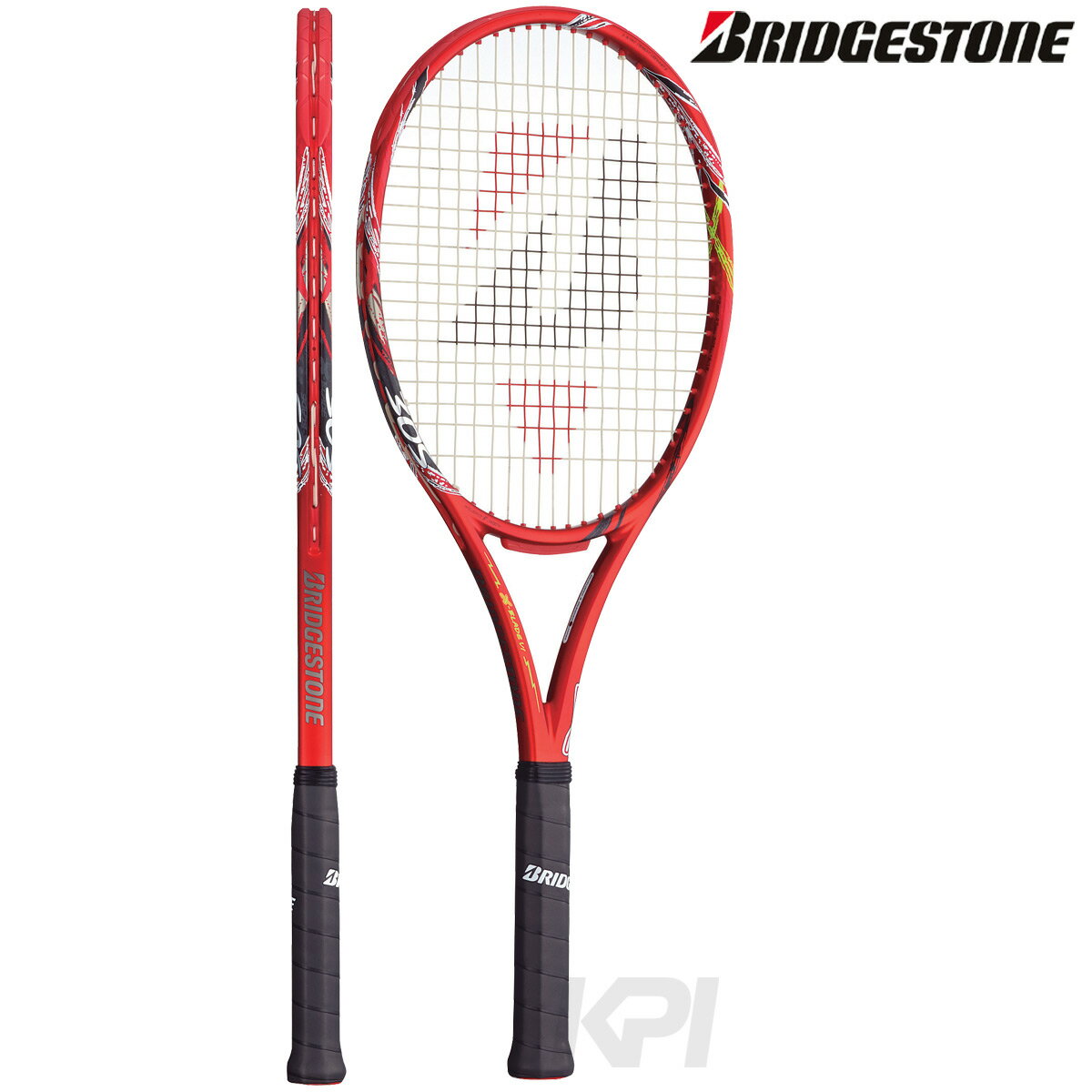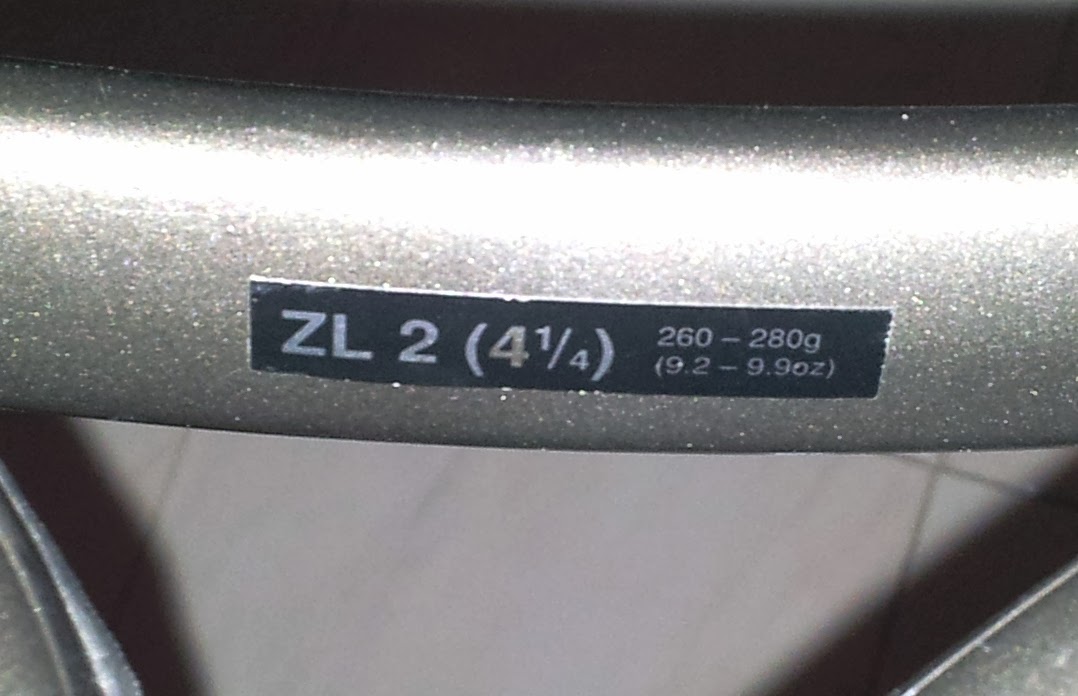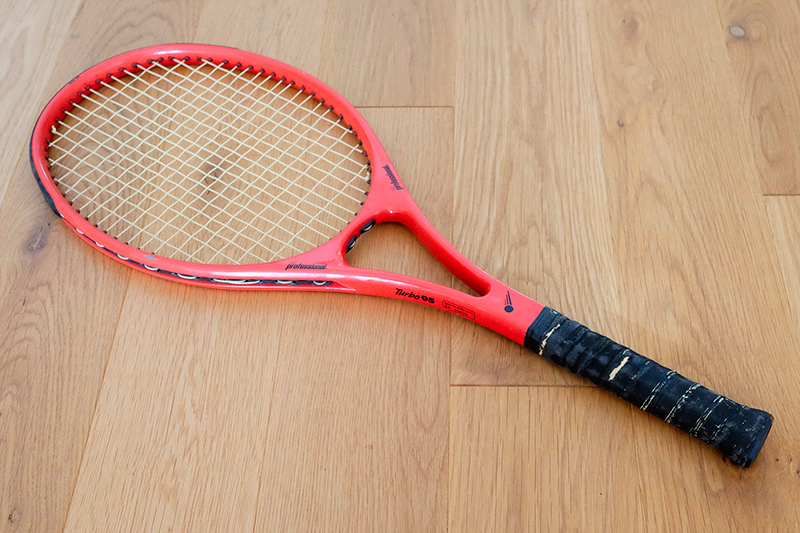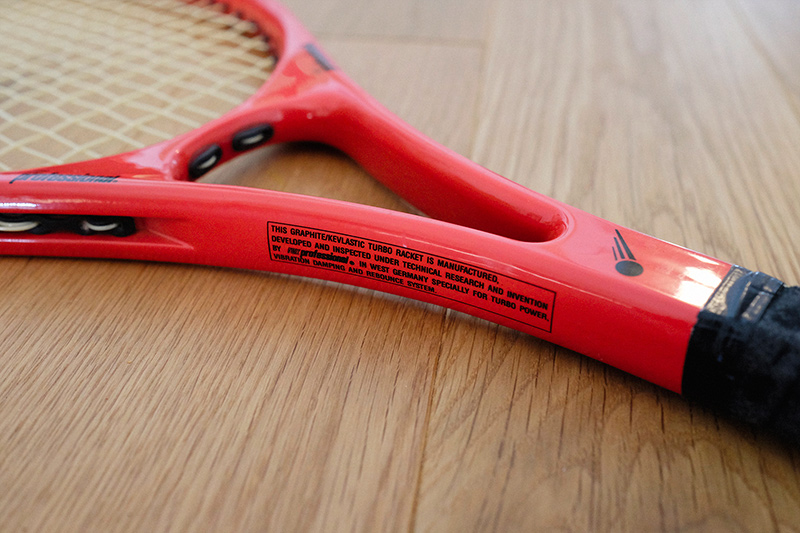WILSON HAMMER TECHNOLOGY PATENT IS ENFORCED: PRO-KENNEX TO PULL FOUR MODELS THAT COPY WILSON'S PATENTED RACQUET TECHNOLOGY / CHICAGO, Aug. 5 / PRNewswire/
Wilson Sporting Goods today announced it has posted a legal victory in its fight to enforce its patents on tennis racquet technology. Pro-Kennex, which markets racquets that copy Wilson's patented Hammer racquet technology, has agreed to stop selling four racquet models. In accordance with a preliminary injunction entered today, Pro-Kennex will stop selling these racquets because they infringe Wilson's patents for Hammer racquet weight and balance.
"Wilson is committed to developing, marketing and protecting breakthrough racquet technology," said Jim Baugh, Wilson Racquet Sports vice president and general manager. "This is a big step. It is testament to the performance features and benefits of the patent, and it shows that we're not going to tolerate Hammer copycats on the market."
The United States District Court for the Northern District of Illinois Eastern Division has ordered that effective Sept. 30, 1992, Pro-Kennex is "enjoined from selling" four models -- Pro-Kennex Infinity 265, Pro-Kennex Innovator 265, Pro-Kennex Destiny 265, and Pro-Kennex Presence 265.
Hammer technology was first introduced by Wilson in December 1990 with the Profile 2.7 Hammer. Since then, that racquet has been the best-selling racquet in pro and specialty shops nationwide. In November 1991, Wilson introduced the second racquet in the Hammer series, the Pro Staff 4.0 Hammer, which is also a top seller.
In all, Wilson has three Hammer technology patents concerning: 1) racquet stiffness; 2) dual taper beam cross section; and 3) weight and balance. Hammer series racquets have weight taken out of the handle while maintaining the mass in the racquet head -- like a hammer. This extends the center of percussion -- the heart of the sweet spot -- into the upper part of the racquet face where most balls are hit. Hammer racquets have the highest and largest sweet spots of any racquets.
"We're actually not surprised that Hammer technology is being copied," said Baugh. "Hammer technology means the largest sweet spot, and players want that. On the court, a larger sweet spot means being able to hit the ball better and get it over the net more often." Baugh said, "This should be viewed as a warning to other racquet companies. There are others infringing the Hammer patent, and we're going after them too."
In addition to racquet sports, Chicago-based Wilson is a market leader in team sports equipment and golf.
-0- 8/5/92 /CONTACT: Ruth Hamill of Wilson Racquet Sports, 312-714-6703/ CO: Wilson Sporting Goods; Pro-Kennex ST: Illinois IN: LEI SU: GK -- NY067 -- 7187 08/05/92 14:52 EDT




